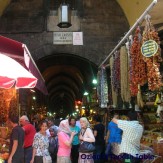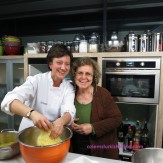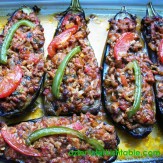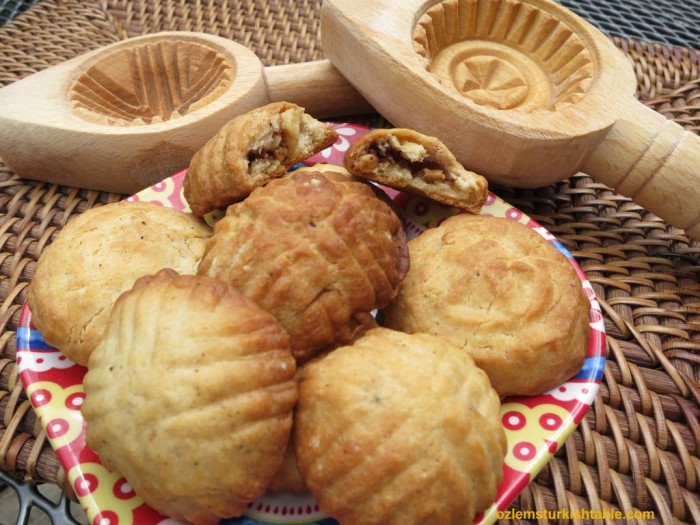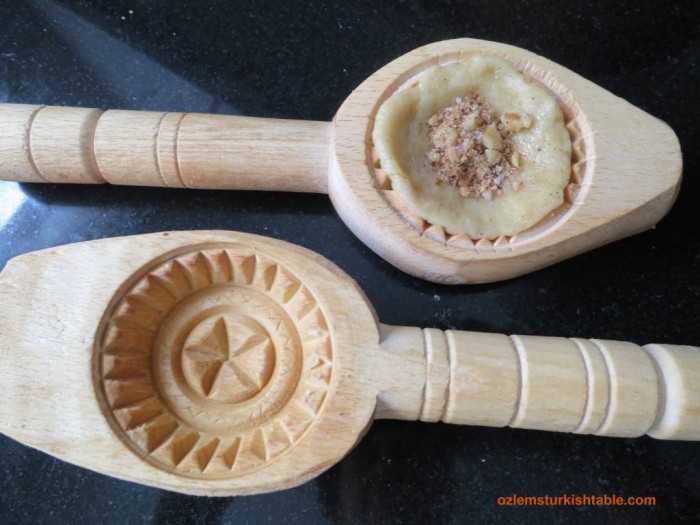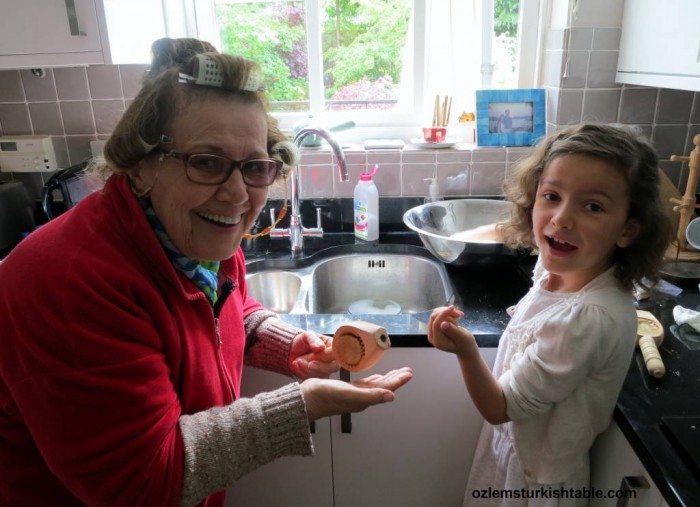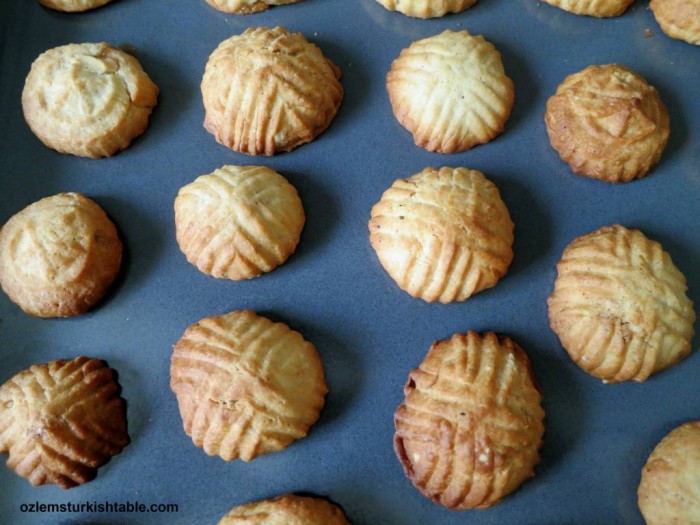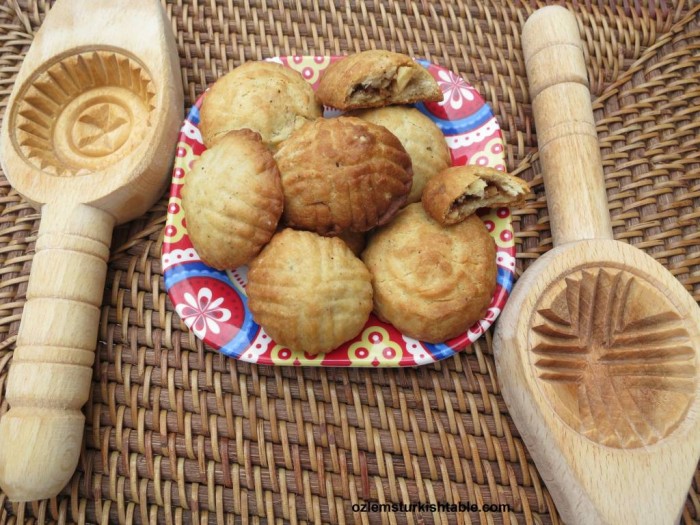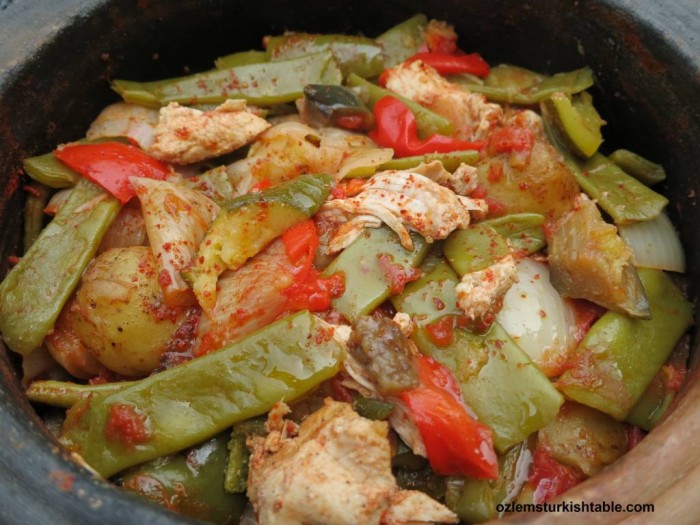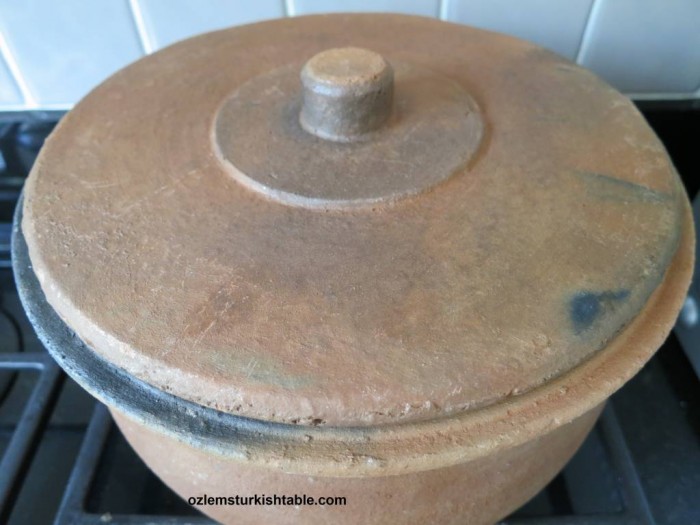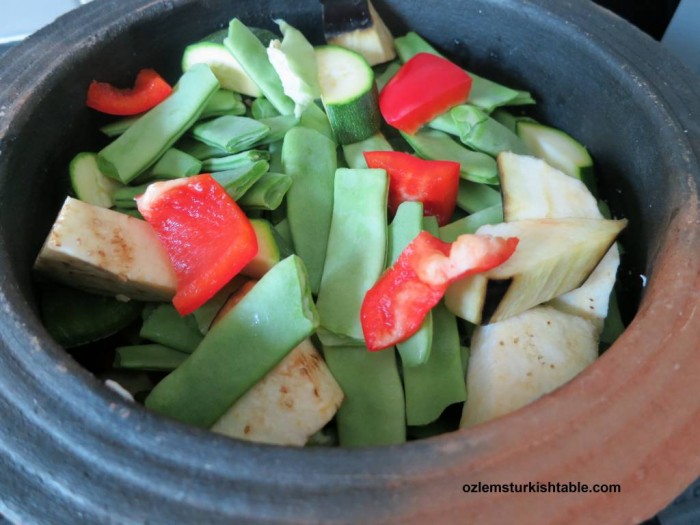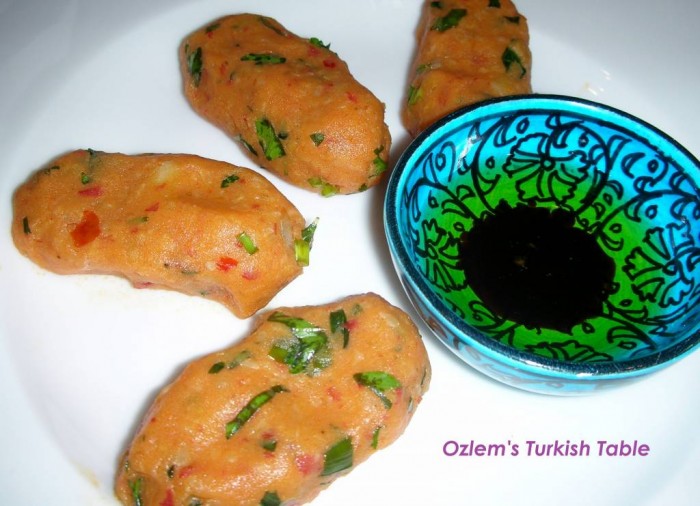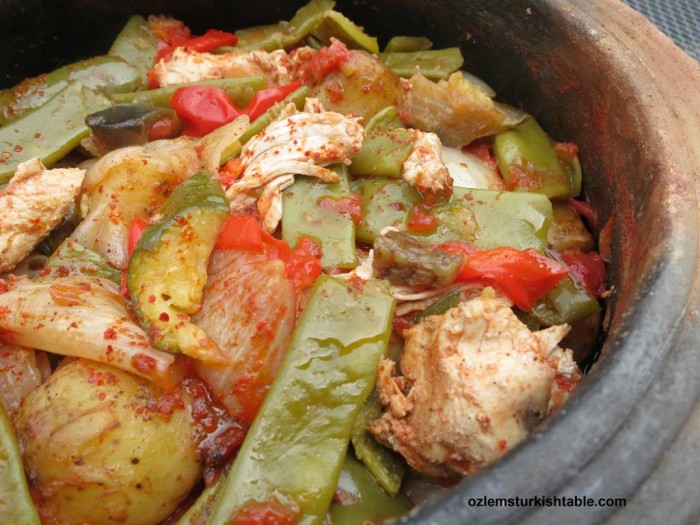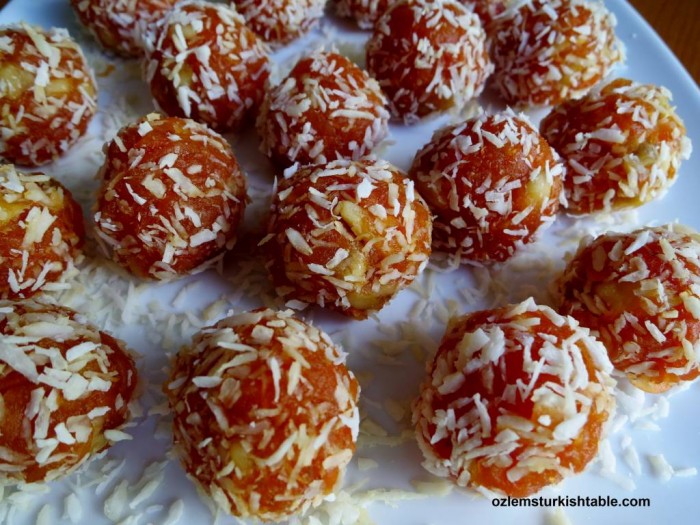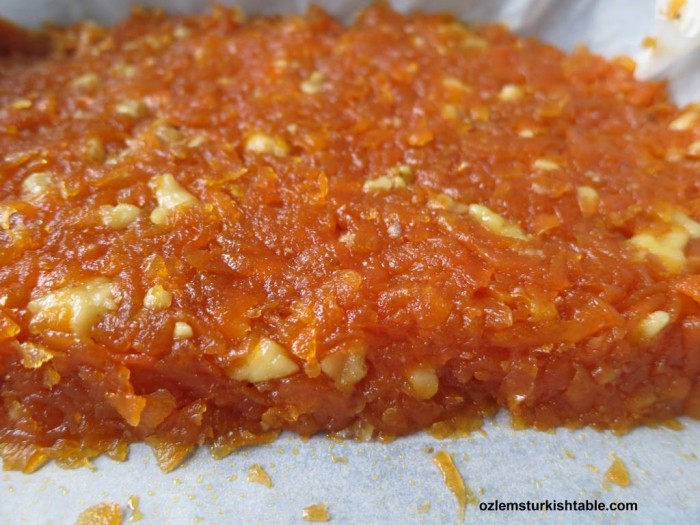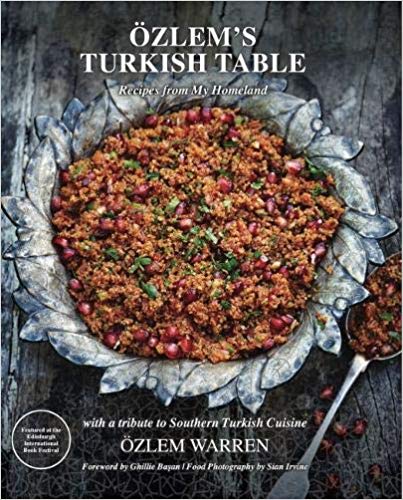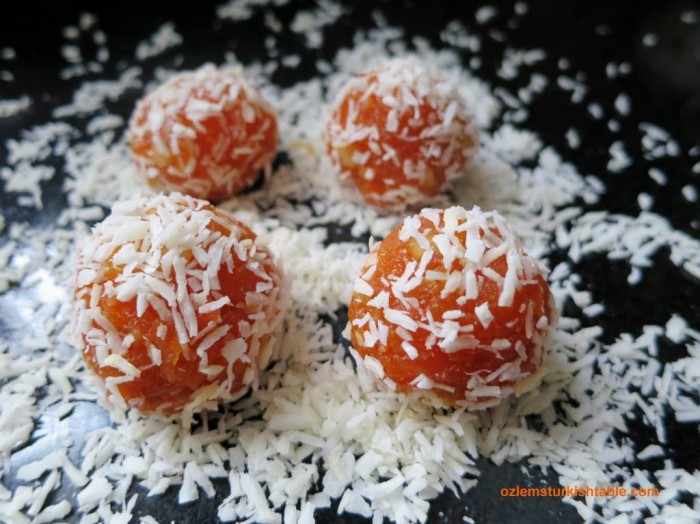Another special treasure my parents kindly brought back from Antakya was these very pretty wooden molds which the locals use to shape the delicious Kombe cookies. I adore the molds’ intricate, delicate designs and have always been always fascinated with the special place these cookies have throughout the Middle Eastern cuisines.
Kombe cookies are made in every special occasion in Antakya and surroundings; weddings, religious festivals, Ramadan or at any special gathering. They have a delicious, crunchy bite to it and I like that they are not overly sweet. There are variations of kombe cookies even in Southeast Turkey; some has only nuts in it, some would have dates, as in the case of their Middle Eastern cousin, Mamul or Ma’amoul. Regardless of their variation, both kombe and ma’amoul have a special place throughout the Middle Eastern cuisines and have been a part of the celebrations in different religions; during Ramadan, Easter and Hanukkah. Indeed a special cross cultural cookie and I think that makes it even more special.
My 7 year old daughter is a keen baker and she was fascinated with the beautiful kombe molds that anneanne, grandma brought. So we all gathered in the kitchen a few weeks ago; anneanne, myself and my daughter, shaping the kombe cookies. She was fascinated with the shapes forming in the wooden mold and hearing anneanne’s stories. Then mother wanted to consult my dear cousin, Rana in Reyhanli – Hatay, the “pro” Kombe maker in the family, to fine tune the recipe. Rana very kindly went over the kombe recipe as the way it is made in our family; our very special thanks goes to Rana for her invaluable contribution. It was a very memorable experience, which I hope will stay with my daughter a lifetime – a very special recipe and tradition to pass on the next generation.
We used crushed walnuts, sugar and cinnamon in the kombe filling; cinnamon pairs beautifully with walnuts. In Antakya, a special blend of kombe baharat is also sold, consisting of mainly ground cinnamon – there’s also ground all spice, mastic, mahlepi, ground ginger and ground clove (some locals may add a few other spices) in the fragrant kombe baharat (If you’d like to make your own kombe baharat, the ratio of cinnamon to the others in the blend is roughy 3:1). I love that these delicate, crunchy cookies are not overly sweet and they are wonderful with tea, cay or Turkish coffee.
I hope you enjoy these delicious Kombe cookies. The wooden molds are a treat; make sure you get some if you plan to go to Antakya, Uzun Carsi (Long Market). If not, you can still decorate your cookies with a fork.
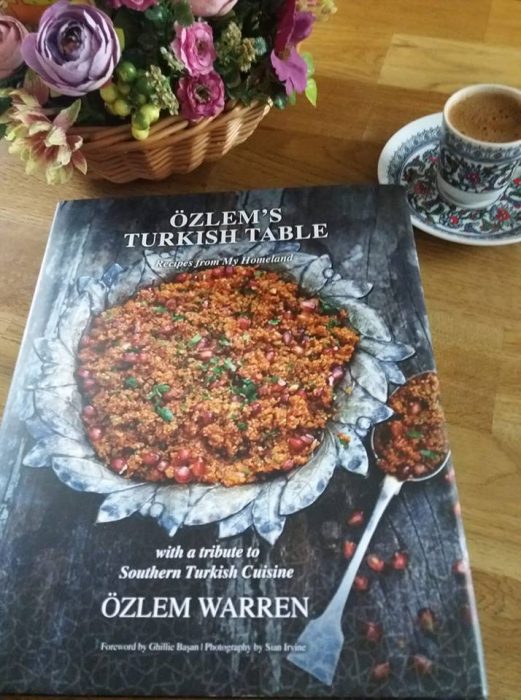
Signed copies of Ozlem’s Turkish Table book, available to order at this link
My cookery book, Ozlem’s Turkish Table, Recipes from My Homeland, is a special tribute to my roots, going back to Antakya. I hoped to showcase delicious, authentic regional recipes, especially from southern Turkey and Antakya, including these lovely kombe cookies. More than a cookery book, it has personal stories from my homeland, along with beautiful photography; Signed copies are available to order at this link, if you’d like to copy.
Afiyet Olsun,
Ozlem
- 500gr/4 cups plain, all-purpose flour
- 200 gr/ 7 oz. unsalted butter, melted
- 110gr/ 3.5 oz./ ½ cup granulated white sugar
- 2 egg white, beaten
- 10 ml/ 2 tbsp. vanilla extract
- 15 ml/1 tbsp. ground cinnamon or Kombe baharat
- 4 fl. oz./ ½ cup warm whole milk
- For the filling:
- 85gr/3 oz./2/3 cup crushed walnuts
- 30ml/2 tbsp. sugar
- 10ml/2 tsp. ground cinnamon
- Preheat the oven to 180 C/ 350 F
- Combine the flour and the melted butter in a large bowl and mix well.
- Dissolve the sugar in the warm milk and add to the flour mixture.
- Pour in the vanilla extract, egg whites and the cinnamon or kombe baharat, combine well.
- Knead the mixture well for 2-3 minutes, until the dough is soft and smooth.
- Take a small walnut size of the dough and press the dough gently into the mold to take its shape.
- Stuff this dough with about 1 ½ tsp. of the filling mixture.
- Take another small piece of dough, about half of the size of the first one. Flatten and press this dough gently over the filling,to form a cap and close the dough. Press gently and seal the ends of the dough.
- Remove the kombe cookie from the wooden mold by tapping the end of the mold with your fingers firmly and make sure to catch the falling cookie, shaped with the mold’s intricate design. Place the cookie on a baking tray and repeat this with the rest of the dough.
- Bake the cookies for about 20 or 25 minutes, until they get a nice light brown color. They are traditionally lighter in color.
- Once cool, serve the Kombe cookies with tea, cay or coffee. Kombe cookies can be stored in an airtight container for at least 3-4 days.
Ozlem’s Turkish Table featured amongst the best Turk Food Blogs by Daily Sabah
I have been delighted and honored to see my blog Ozlem’s Turkish Table being featured amongst the best Turkish food blogs by the Daily Sabah national newspaper in Turkey. Please check out the link for the article and also meet other wonderful Turkish food bloggers. With this opportunity, my heartfelt thanks goes to you all for all your support; it means so much to me.

